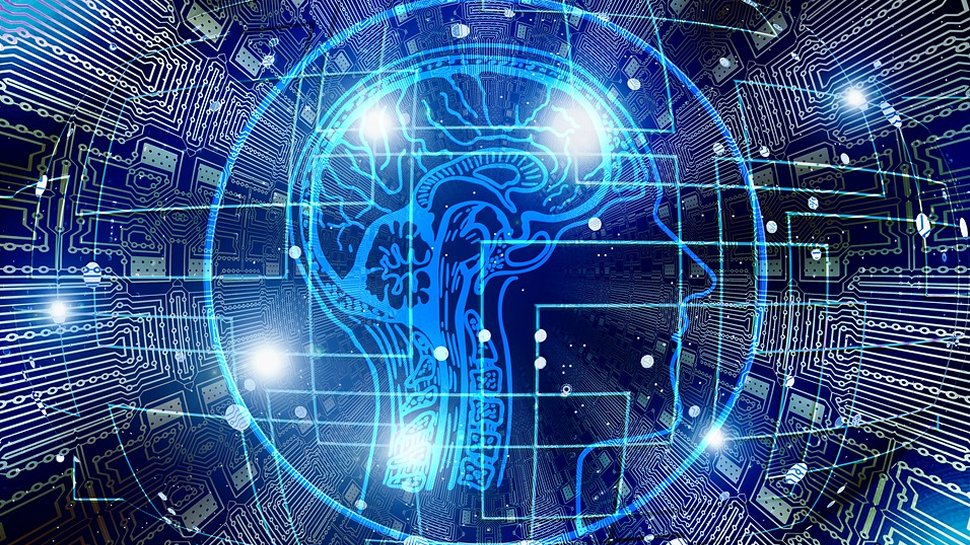
The artificially intelligent classroom is already with us. It’s not about robot teachers, or VR headsets: instead, the AI classroom offers technologies that ‘upgrade’ flesh-and-blood teachers and make new educational experiences possible. The AI education market is forecast to grow at an incredible rate this decade, hitting $88.2 billion worldwide by 2030, all driven by technologies that create lesson plans, mark papers and track progress. But perhaps the most exciting application of AI technology in education is in upgrading the way lessons are taught, and the way children learn.
Generative artificial intelligence can not only deliver personalized and adaptive learning experiences, it can also offer teachers instant feedback, and parents insight into how a child is performing. For parents, teaching is all too often a ‘black box’, and for educators, feedback is often something that is too expensive for institutions to deliver. Research by Stanford University has already highlighted the value of automated feedback delivered by AI systems, with educators in the study helping to build on students’ contributions, and students happier with classes where AI feedback was used.
The promise of the ‘AI classroom’ is to enhance the way teachers deliver lessons. For example, by using generative AI to analyze recordings of lessons, AI can become a tireless assistant that offers advice to upgrade the education experience for parents, pupils and teachers.
Forging connections
AI in education can help to break down the barriers that have historically existed around the teaching process. The Stanford study highlights the promise of offering educators feedback on their teaching, but a world where this could be applied to mainstream learning spaces would deliver entirely new learning experiences, addressing challenges from accessibility of learning materials to the historic lack of transparency in the classroom.
Automatically generated lesson transcripts (or ‘lesson summaries’) can offer parents a ‘window’ through which they can see how their child is performing. Teachers can get instant feedback on what works, and what does not. For teachers, the feedback not only cuts admin (by suggesting areas for further study), it can deliver insight which can ‘upgrade’ the teaching process and deliver learning personalized to the needs of that particular child.
Supporting the human
People often depict the classroom of the future as a dehumanised, robotic place. But the role of AI is to enhance the human. A 2024 scientific paper published in the journal Computers and Education highlighted that the teachers who are keenest on generative AI are ambitious teachers, teachers who prize autonomy and teachers who are stressed out by their burden of work. Artificial intelligence can be a workhorse that handles admin, with flourishes such as creating quizzes instantly, or generating complex lesson plans in a matter of minutes. The teacher is freed to focus on delivering for pupils, becoming a curator as well as a creator.
In education, human insight and creativity will always be at the center. AI algorithms can only work with existing data, and lack the inspiration and reasoning that human beings can bring. The best teachers of the future will be people who can create new ideas and new approaches, but who also engage with technology to deliver the best possible experiences for children. AI-augmented teachers, armed with instant feedback and content creation tools, will be able to deliver more than their unaugmented colleagues.
The classroom of the future
This is just the beginning. As more and more teachers adopt AI tools, there will be more data at the fingertips of those who are designing such tools. The most successful autonomous car projects are those that ‘learn’ from the cars around them and from the streets. In the same way, artificial intelligence will ‘learn’ from how educators deliver success, and will deliver personalized, incredible experiences. For example, if a young child is a Star Wars fan, an AI tutor could appear as Darth Vader.
For children, it will be natural to interact with advanced AI in this way. For us, it feels unusual, but for children, it will be no different to playing a video game. This evolution is going to come rapidly. For me, the AI revolution is like the Internet revolution, but the speed of iterations has increased. In five years, if AI is implemented effectively well in education, it’s going to be possible to give kids access to education that we never imagined to be possible, so that every kid has the perfect teacher, augmented by artificial intelligence.
A new way to teach
If allowed to, Artificial intelligence will totally change what is possible in education. It can work seamlessly behind the scenes to improve learning for children, while also boosting the abilities of teachers by delivering invaluable feedback. Politicians and leaders in the sector should be aware of this, and work to build AI into the teaching journey, ensuring that educators are trained in how to use AI tools, and that access to AI is considered a standard part of the educational journey for young people. Over the longer term, AI will deliver enormous good for children - and this is just the beginning.
We've featured the best school coding program.
This article was produced as part of TechRadarPro's Expert Insights channel where we feature the best and brightest minds in the technology industry today. The views expressed here are those of the author and are not necessarily those of TechRadarPro or Future plc. If you are interested in contributing find out more here: https://www.techradar.com/news/submit-your-story-to-techradar-pro







